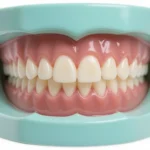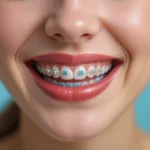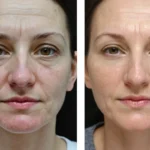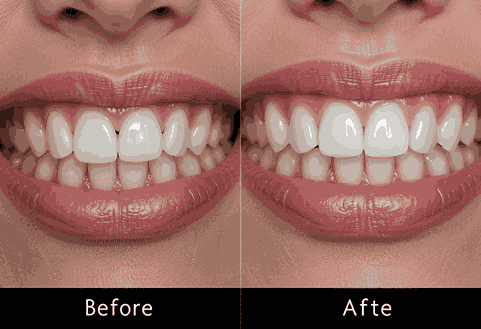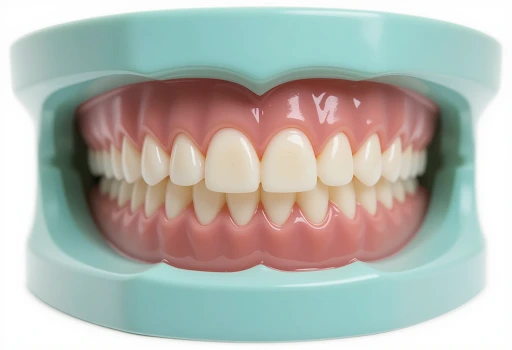Veneers before and after are an excellent solution for people with stained, discolored teeth that do not respond to bleaching products, and for fixing crooked or chipped ones. Seeing veneers before and after can help illustrate the benefits of this cosmetic procedure.
Maintaining their veneers requires maintaining good dental hygiene practices, such as brushing twice daily and flossing daily – in addition to wearing a mouth guard during sports games.
Seeing veneers before and after can significantly help patients understand the potential transformation of their smiles.
Understanding veneers before and after applications can encourage potential patients to consider this transformative dental option.
What Are Veneers?
Veneers before and after images are essential for patients to visualize their potential results.
Patients should review veneers before and after results to set realistic expectations for their dental transformations.
Additionally, seeing veneers before and after can help reduce any anxiety you may have about the procedure.
Many patients report satisfaction after viewing veneers before and after their application.
Veneers are thin covers attached to the front (facial) surface of your teeth that are permanently attached with adhesive for easy application and can look just like natural teeth. Made of strong, high-quality material that mimics its appearance, veneers serve as cosmetic dental procedures designed to enhance smiles without being considered restorative like crowns and fillings – typically not covered by dental insurance policies.
Veneers before and after comparisons can show the significant change in a person’s smile.
Veneers can help correct many aesthetic issues, including discolored, chipped and misaligning teeth. Furthermore, veneers may also help alter the shape of your teeth to accommodate for an irregular bite pattern or an unusual smile gummy smiles.
Those considering veneers should ensure their cosmetic dentist has experience providing this type of treatment. An experienced practitioner will understand your goals while remaining realistic about what can be accomplished with veneers; helping you attain an attractive smile that both looks natural and complements both face and bite.
Initial discomfort from having veneers may be temporary and will subside once your mouth adjusts to them. Therefore, it is essential to practice good oral hygiene and schedule regular check-ups with your dentist so as to prolong their lifespan and ensure optimal veneer health and longevity with techtraget.
Veneers are Thin Layers of Material
Veneers are thin porcelain or composite resin shells custom designed to cover the front surface of individual teeth or multiple teeth. Once attached to the tooth using special adhesive, veneers can help treat cosmetic dental issues like chips, cavities, discoloration or misalignment of teeth. Veneers are more durable than enamel and should last many years with proper care.
Veneers can be created to match your natural tooth color or be slightly lighter for a brighter, whiter smile. Less invasive than other cosmetic dentistry procedures like crowns or teeth whitening, veneers can usually be completed in two appointments.
At your initial appointment, your dentist will assess if veneers are appropriate for you by inspecting your teeth, taking X-rays and pictures from all angles, studying how you bite and speak, as well as making a model of your mouth to ensure an exact fit. They may also extract small amounts of enamel from front of teeth to protect their strength and structure.
After receiving veneers, it will be possible for you to eat and drink as usual; however, you may experience some temporary sensitivity for several days or weeks while your mouth and jaw adjust to their new position. Be sure to brush and floss regularly and attend regular dental check-ups so your new veneers remain healthy and look their best!
The longevity of veneers before and after placement can vary based on individuals’ care habits.
Consulting your dentist about veneers before and after procedures could lead to better decision-making.
Seeing veneers before and after can also highlight the importance of professional consultation.
Patients often feel encouraged when they see veneers before and after transformations.
Good maintenance ensures that veneers before and after results remain impressive over time.
Veneers are Made to Fit
Dental veneers are tailored specifically to each patient based on their dental needs and goals. At your initial consultation with your dentist, both of you will discuss what cosmetic changes you’d like made (closing gaps, fixing chips or whitening the teeth, for example). They will assess whether veneers are an ideal solution or offer other alternatives like crowns if necessary.
Once you decide to go ahead with the procedure, your dentist will begin the preparation for veneers by lightly buffing or grinding your teeth in order to free up space and ensure they won’t interfere with your bite. They will then create an impression or model of your teeth which will serve as the blueprint for custom-crafting the veneers; this step requires great precision in order for them to appear natural when completed.
Your dentist will select a ceramic material that resembles natural dental enamel in terms of solidity yet translucence, to create veneers that blend in seamlessly with your smile and complement facial features. A comprehensive shade guide is used to select hues that best complement the hues in your natural teeth. Once they’ve applied and shaped the composite onto your teeth, an ultraviolet light is used to harden and seal it – and any excess is cut away before finally trimming any excess and assessing for comfort and aesthetics.
Veneers are Made to Last
Dental veneers provide a natural-looking enhancement of one’s smile with proper care, lasting up to 15 years with porcelain being more likely to outlive composite resin ones.
If you’re interested in veneers, consult with a dentist for an initial consultation appointment. During this meeting, they’ll assess your oral health and discuss any cosmetic goals; additionally they will take X-rays to make sure your teeth are healthy enough for treatment.
Before placing veneers, a dentist will remove a small amount of enamel from each tooth in order to help the veneers adhere without impacting on bite. They may also create a putty mould of their mouth with all enamel removed for an exact custom fit.
Once their veneers have been placed, patients often experience a speedy recovery period. Due to having removed some natural enamel for placement of veneers, patients may be sensitive to hot and cold foods for some time after.
Maintaining good oral hygiene practices such as brushing twice daily and flossing daily are crucial to the long-term protection of veneers. Avoid biting down on hard objects such as nails or ice, limit coffee intake, red wine intake and consumption of stain-causing foods like tea and red wine beverages as well as limit consumption of stain-causing beverages such as coffee tea red wine berries. Regular dental check-ups and cleanings may also provide necessary protection.



